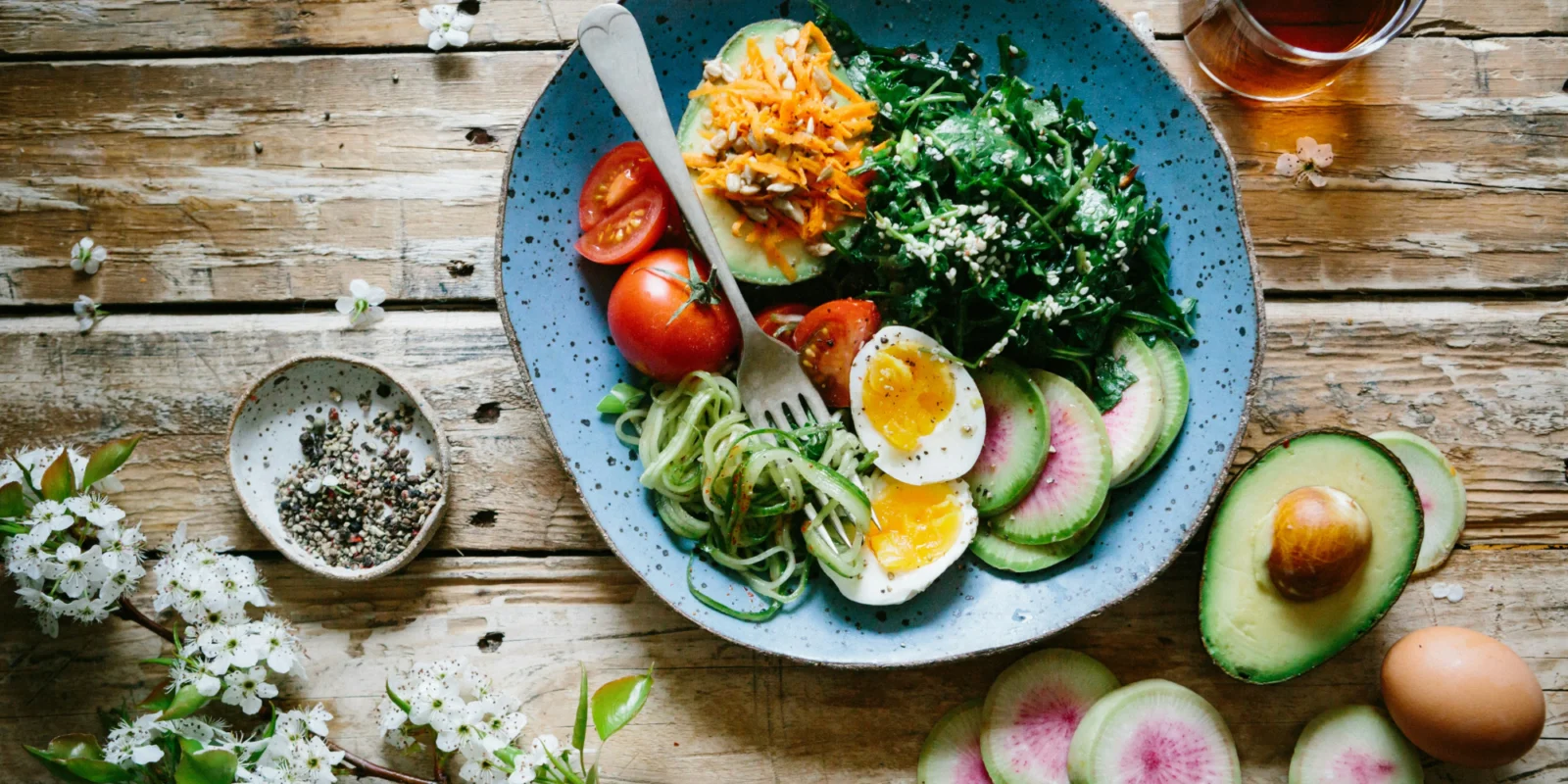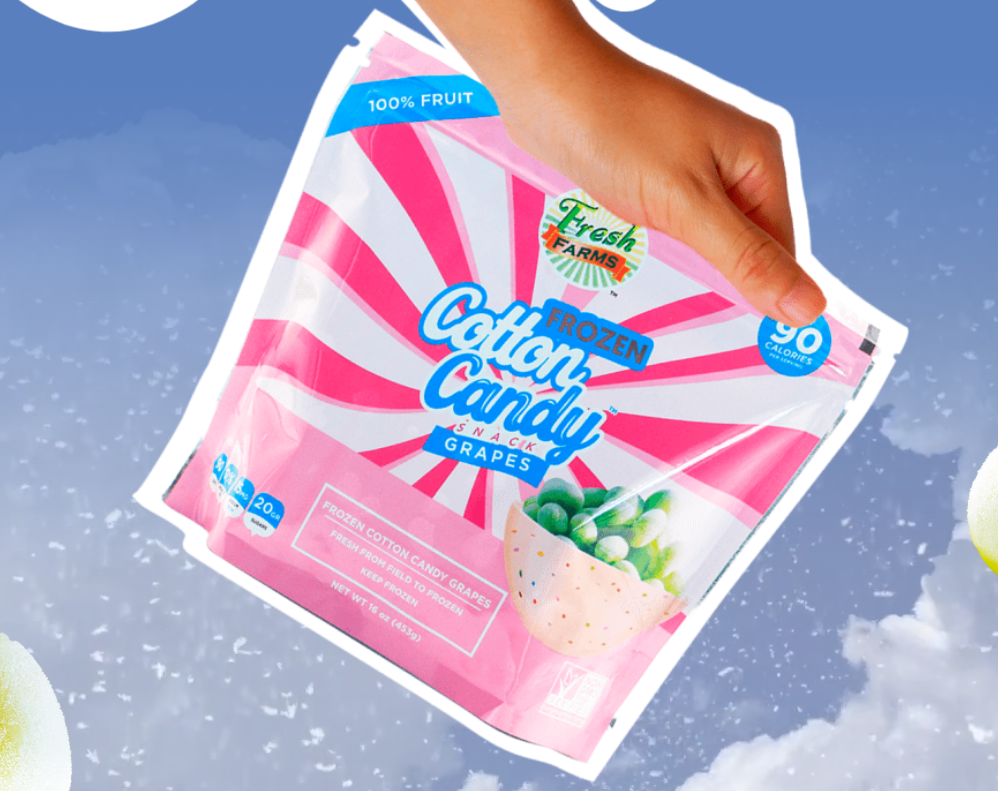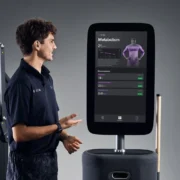The Foods Capturing the Wallet Share of GLP-1 Users

Blockbuster drugs like Ozempic and Wegovy are decimating baked goods and reducing household grocery spending, yet they present ample opportunities for certain food categories and nutrition-focused brands to nab new consumers
There’s an appetite for change in the air, according to one new study from the Cornell SC Johnson College of Business. As the waistlines of Americans continue to shrink due to the adoption of obesity-busting medications (commonly known as GLP-1s), their household spending is also slimming down—and now we know just how much.
Households with at least one GLP-1 user under their roof are seeing a reduction in grocery spending by approximately 6% within six months of beginning the appetite-reducing medications, according to the study, appropriately titled “The No-Hunger Games: How GLP-1 Medication Adoption is Changing Consumer Food Purchases.”
The findings are based on household panel and proprietary survey data from Numerator, which linked survey responses on GLP-1 adoption with food purchases made between July 2022 and October 2024, creating a representative panel of U.S. households.
While it’s not entirely surprising that appetite-reducing medications (and their sudden widespread availability via telehealth platforms and easily accessible compounded versions) would reduce food spending, the study’s authors found three notable findings:
Those who are using GLP-1 medications for weight loss rather than diabetes management tend to be younger and wealthier. Additionally, high-income households experienced an even larger spending reduction (an average of 8.6%). GLP-1 use also has an affect on restaurants and take-out establishments, particularly in breakfast spending, which declined by nearly 4%, and dinner spending, which dropped by 6%, according to the study.
In terms of the food industry, GLP-1 users are ditching ultra-processed foods, with sweet bakery items—described by the authors as a category potentially associated with impulse purchases—emerging as the biggest casualty. Instead, weight loss medication users are reaching for nutrient-dense options, such as yogurt and fresh produce.
As the authors point out, the documented shifts in food purchases offer the food industry several actionable opportunities.
“Firms may need to adapt their product offerings, packaging sizes, and marketing strategies to align with changing consumption patterns,” the authors wrote. “By proactively addressing these evolving preferences, businesses can better position themselves in a market shaped by the growing adoption of GLP-1 medications.”
There are already glaring signs of an evolving landscape: grocers expanding their natural health sections with minimally-processed sauces and pasta made of lentils, while Target doubles down on stocking its shelves with “better-for-you” food products, supplements and other wellness-adjacent items.
And while the ice cream aisle is still vast, freezers with single-ingredient frozen options are growing, appealing to those who want a frozen treat. Campoverde sells packs of fruit-on-a-stick, including cantaloupe, mango, and frozen pineapple spears, while Fresh Farms offers bags of Frozen Cotton Candy Grapes—which, despite their name, contain no added sugar or ingredients.

Yogurt has also been “treat-ified,” with brands like Clio offering mini frozen Greek yogurt bars that are high in protein and probiotics—some of which are zero sugar.
Hims & Hers, a health and wellness platform that offers GLP-1 medications, is also getting in on the action with the launch of protein-packed nutrition products like shakes and snack bars designed with GLP-1 users in mind. Similarly, Daily Harvest has added a GLP-1 Support bundle to its meal delivery menu while food giant Nestlé unveiled Vital Pursuits, a line of frozen meals suitable for weight loss medication users.
Although take-out establishments may have seen a decrease in spending, one smoothie franchise is ahead of the curve: Smoothie King, which has introduced a special menu for GLP-1 users.
While the authors acknowledge uncertainty about the long-term shifts in consumer spending and behavior—particularly noting some ‘reversion’ after six months of GLP-1 use—it seems likely that weight loss medications will become even more widespread, significantly impacting the food industry. Further driving the trend are gyms, boutique fitness brands like F45, and even fitness equipment companies like Echelon, which have begun incorporating weight loss medication components.



